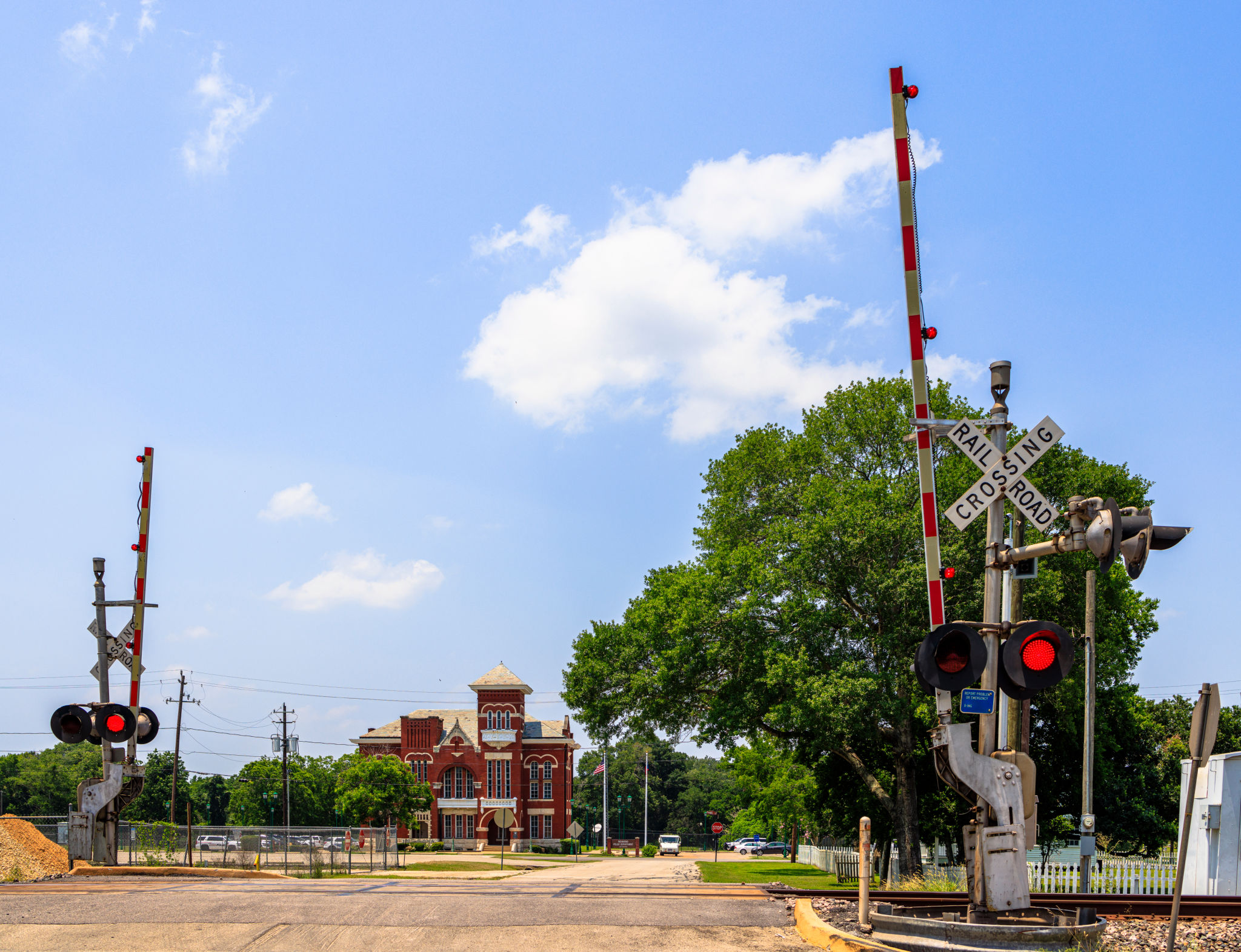How Supreme Court Rulings Affect Tribal Rights: An Expert Analysis
The relationship between the Supreme Court and tribal rights is a complex and evolving one. Over the years, several landmark decisions have shaped the legal landscape for Native American tribes, influencing their sovereignty, land rights, and economic opportunities. Understanding these rulings is crucial for grasping the broader implications on tribal communities across the United States.

Historical Context of Tribal Sovereignty
Tribal sovereignty refers to the inherent authority of indigenous tribes to govern themselves within the borders of the United States. This concept has been at the heart of many Supreme Court cases. Historically, the court has oscillated between recognizing tribal sovereignty and favoring federal or state interests. The precedent set by these cases continues to impact tribal rights today.
One of the earliest and most significant cases was Worcester v. Georgia (1832), where the court recognized tribes as "distinct, independent political communities." This decision affirmed tribal sovereignty, yet subsequent rulings have both reinforced and eroded this principle.

Impact on Land and Resource Rights
Land rights are a critical aspect of tribal sovereignty, and Supreme Court decisions have played a pivotal role in defining these rights. For example, the landmark case of McGirt v. Oklahoma (2020) reaffirmed that a large portion of eastern Oklahoma remains a Native American reservation. This decision has significant implications for jurisdiction and resource management.
However, not all rulings have favored tribal interests. The case of Carcieri v. Salazar (2009) limited the federal government's ability to take land into trust for tribes recognized after 1934, affecting their capacity to expand land holdings and exercise self-determination.

Economic Opportunities and Challenges
Economic development is another area where Supreme Court rulings have had a profound effect. Decisions regarding gambling, taxation, and regulation have influenced tribes' abilities to generate revenue and sustain economic growth. The 1987 case of California v. Cabazon Band of Mission Indians was pivotal in paving the way for tribal gaming, a significant source of income for many tribes.
Yet, challenges remain. Taxation disputes, such as those involving state taxes on tribal lands, continue to create legal and economic hurdles. These issues underscore the ongoing complexity of balancing tribal rights with state and federal interests.
Future Implications and Considerations
Looking ahead, the Supreme Court's approach to tribal rights will likely continue to evolve. As new cases arise, the court's interpretations will shape the future of tribal sovereignty and self-governance. It is essential for policymakers, legal experts, and tribal leaders to stay informed and engaged in these discussions.
Additionally, the broader public plays a role in advocating for fair and just treatment of tribal communities. By understanding the historical context and current legal landscape, individuals can contribute to meaningful dialogue and policy development.

In conclusion, Supreme Court rulings have a profound impact on tribal rights, influencing everything from land and resource management to economic opportunities. As these legal landscapes continue to shift, it is crucial to remain informed and proactive in supporting the sovereignty and rights of Native American tribes.